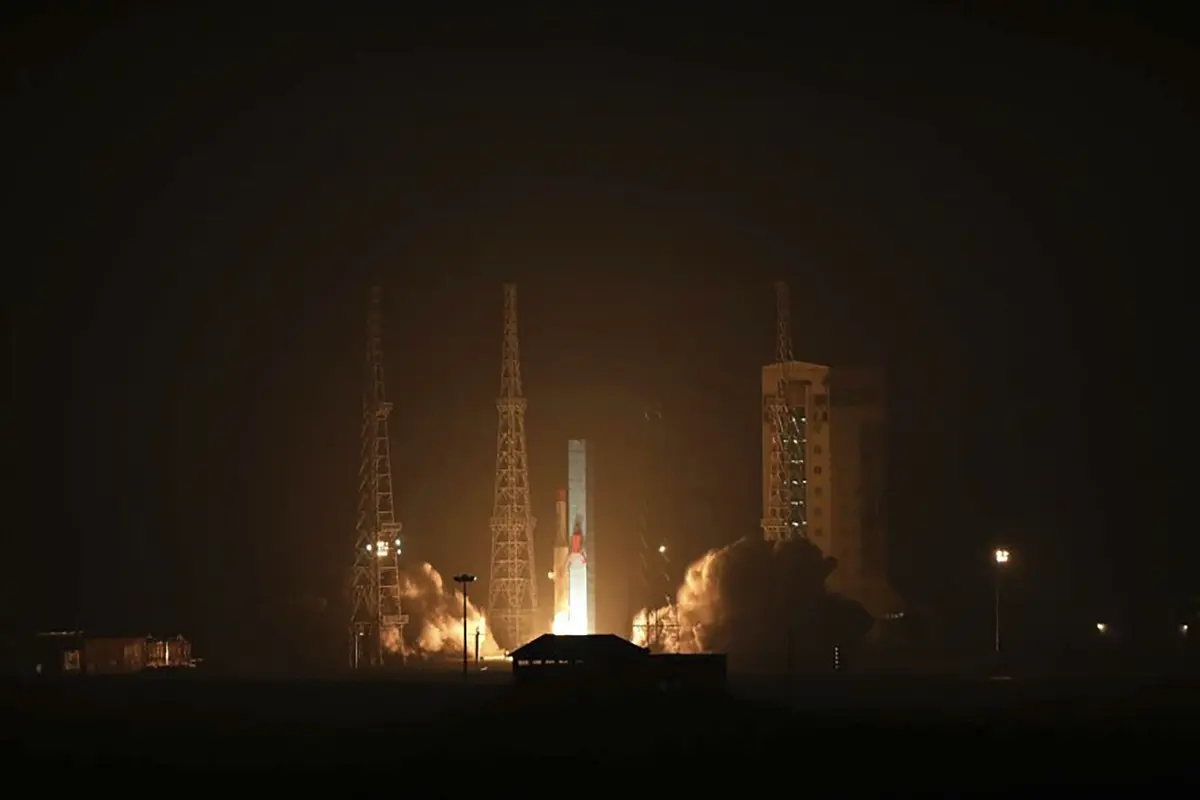
Iran stated on Sunday it launched three satellites into orbit simultaneously, roughly a week after the Revolutionary Guards launched a research satellite, which prompted criticism from the West.
The satellites launched into orbit of 450 kilometres (280 miles), by the two-stage Simorgh (Phoenix) satellite carrier.
The Mahda satellite, constructed by Iran’s Space Agency and weighs approximately 32 kilogrammes, is intended to test advanced satellite subsystems.
The other two, Kayhan 2 and Hatef weigh less than 10 kilogrammes each and will be used to test space-based navigation technologies and narrowband communication.
Last week, Iran’s Islamic Revolutionary Guard Corps launched the research satellite Soraya into space.
Britain, France, and Germany condemned the launch in a statement that Iran denounced as ‘interventionist’.
Western governments, particularly the United States, have frequently warned Iran against such launches, claiming that the same technology can be used for ballistic missiles, especially those meant to deliver a nuclear weapon.
Iran has argued that it is not seeking nuclear weapons and that its satellite and rocket launches are solely for civilian or defence purposes.
Previously, the Islamic Republic experienced multiple satellite launch failures.
The successful launch of its first military satellite, Nour-1, into orbit in April 2020 prompted a harsh condemnation from the United States.
Tehran has faced devastating US sanctions since Washington’s withdrawal from a landmark nuclear deal in 2018, which provided Iran economic relief in exchange for limits on its nuclear activities aimed at preventing it from developing an atomic weapon.
Iran has consistently denied any desire to build nuclear weapons capability, claiming that its operations are entirely peaceful.
Also read: China Describes Talks With US In Bangkok As Candid And Substantive
To read more such news, download Bharat Express news apps





















